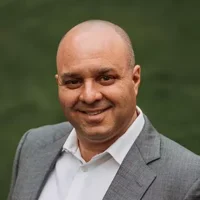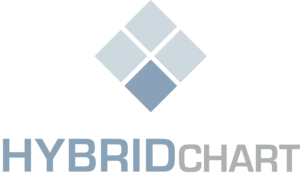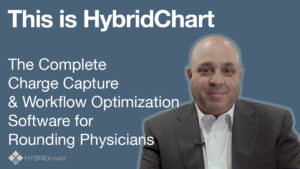Inpatient medicine is unique. Unlike the singular relationship between patient and provider in the office, hospitalized patients are often cared for by a team of doctors and APPs, sometimes changing on a daily basis. How are these providers to relay information to each other? With each day there is another chapter of a patient’s hospital stay, with new patients coming and others discharged. Reading the notes in the hospital’s EHR is helpful, but busy practices need more. And they need to do so without compromising patient privacy.
A Fractured Workforce
There is usually a schedule or pattern to rounding at the hospital. Smaller practices just go and see their own patients, but sometimes you can spend a lot of time traveling to see only a few patients. As practices grow they often create a system to distribute the inpatient care responsibilities. No matter which system you choose there will always be handoffs – times when providers need to pass the baton to the next rounder. These sessions for transfer of care can be time consuming, often filled with redundancies. Having a solution that can assist with provider transitions saves practices time, money, and headache – and may even cut down on errors.
The Critical 3%
The hospital EHR is a jungle of information. Vitals, notes, labs, what time the Tylenol was given – it is all in there. Finding what you need is not always so easy. Coming on to a new service (when it is my turn to be the rounder) is painful, mainly because I do not know the patients yet. I need to spend some time in the chart either way, but our rounding software functions as a handoff tool as well, so I have the critical pieces of information needed. This slice of crucial data helps me quickly get to know the patient’s clinical journey to-date, and what is needed moving forward. Attaining this information from the previous rounder saves me massive amounts of time. At night, when covering patients I do not know, the handoff information serves me well. It is also the perfect transition tool at the onset and end of weekends. Two-liners and to-do lists go a long way to improve efficiency, giving me an information head start, and driving better patient care.
Are Smoke Signals HIPAA Compliant?
When I first started in practice we used pagers. They would beep when messages came in, and display a line of text. The signal could penetrate a lead-lined bunker. Life was simple back then. I was surprised to find out that they were not secure and therefore not suitable for transmitting patient information. Fax machines, shared spreadsheets, emails, and texts are all not compliant with the federal privacy laws. Phone calls are ok (are they secure though? – different topic) so many providers call each other and exchange information during the changing of the guards. Once again our charge capture system, designed to help us put in charges at the point of care and electronically deliver them to our billing software, acts as the ideal handoff solution. Short narratives accompany each patient, so I can view them securely, without having to burden my partners.
Hours of My Life Recaptured
I mentioned the verbal handoffs in the previous paragraph, and I can’t tell you how much time I have spent on the phone with my partners exchanging patient information. It was only when we switched to an electronic workflow and charge capture solution that it became apparent how resource expensive those meetings were. Take Friday afternoons as an example. If I were on call, covering five hospitals, I would typically need a handoff session with at least two, sometimes up to four partners. This is because during the week those hospitals were being covered by many, as opposed to weekends, where coverage tends to coalesce onto the lucky few. Then came Sunday evening. Tired with a weekend of rounding, I would now have to look up who is covering the various hospitals on Monday, and then call them all individually. Sound familiar? Yes, it is a lot of needless wasted time. Sure I still call the person on call to let them know about a complicated patient, but the bulk of the data transfer happens instantaneously.
Efficient conveyance of information between providers in a busy practice could save hours of time, ultimately leading to better patient care. Solutions that help with charge capture and secure messaging can assist with handoffs between doctors and APPs, and prove to be a game-changer. The hospital experience, a process fraught with lack of connectivity from the office, a fragmented workforce, and a rapidly changing patient census, needs an intuitive software solution. Adopting one may help your practice scale and avoid provider burnout.
https://hybridchart.com/wp-content/uploads/2019/11/HC-Logo-Primary.png
For A Better Hospital Rounding Experience
At HybridChart, we provide technology that connects your healthcare team, increases efficiencies, AND improves your bottom line. HybridChart’s cloud-based software adapts to your practice’s unique workflow and will improve your profitability and patient outcomes by utilizing our 5 features: charge capture, census management, secure messaging, discharge planning, and data analytics.
NEVER miss another charge and get PAID for the work you do!
If you are interested in taking your medical practice to the next level and want to employ the best hospital charge capture practice available in the industry, come visit our website at www.hybridchart.com, call us at 1-877-977-5544, or click here to schedule a demo today!







